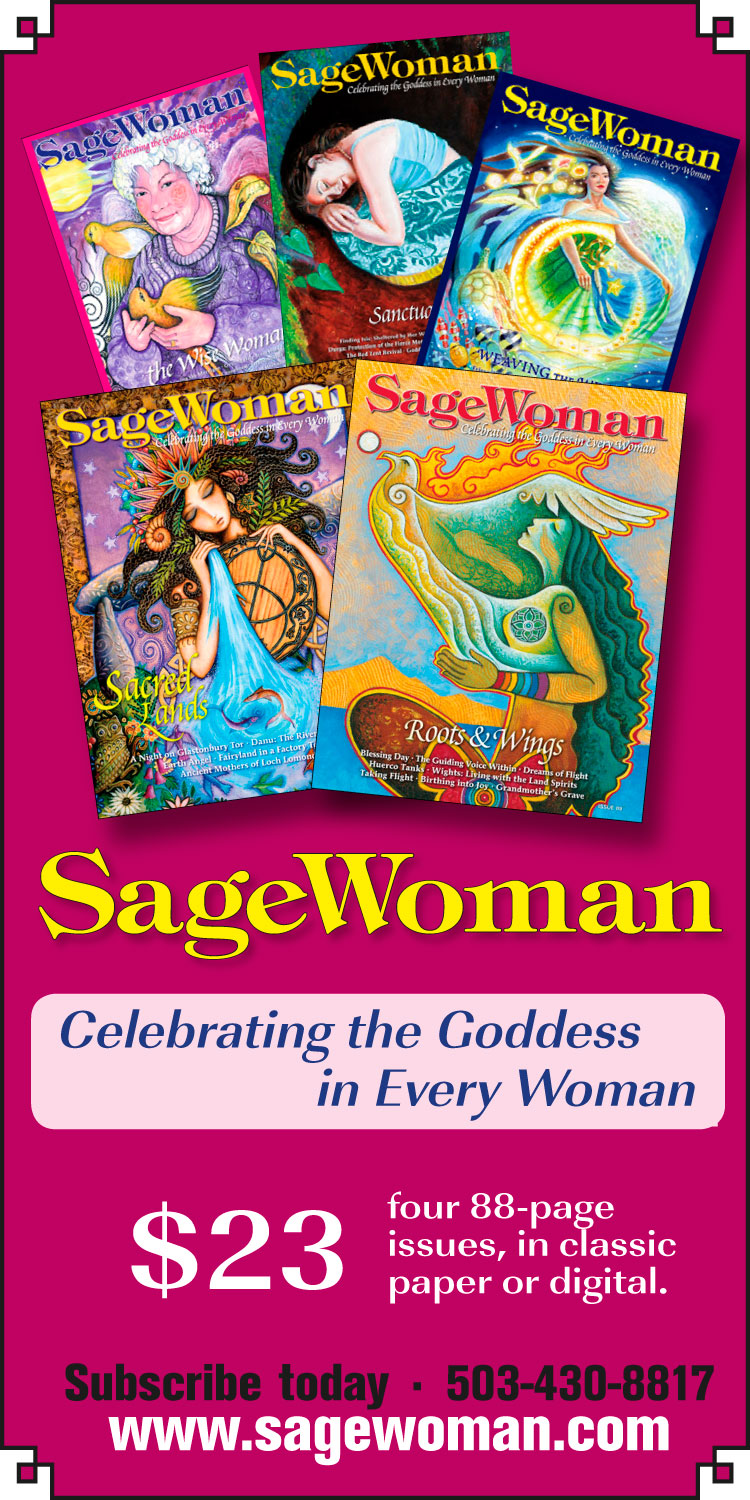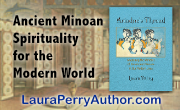Ariadne's Tribe: Minoan Spirituality for the Modern World
Walk the sacred labyrinth with Ariadne, the Minotaur, the Great Mothers, Dionysus, and the rest of the Minoan family of deities. Ariadne's Tribe is an independent spiritual tradition that brings the deities of the ancient Minoans alive in the modern world. We're a revivalist tradition, not a reconstructionist one. We rely heavily on shared gnosis and the practical realities of Paganism in the modern world. Ariadne's thread reaches across the millennia to connect us with the divine. Will you follow where it leads?
Find out all about Ariadne's Tribe at ariadnestribe.com. We're an inclusive, welcoming tradition, open to all who share our love for the Minoan deities and respect for our fellow human beings.
Minoan 3D, Part 4: Faience plaques
This is the last in a four-part series exploring 3D elements in Minoan art. Find the other posts here: Part One, Part Two, Part Three.
Shall we continue our exploration of 3D aspects of Minoan art? Today we're going to look at some faience plaques and models from the temple complex at Knossos. These aren't freestanding figurines, but shallow relief plaques with 3D elements. They may have originally been mounted in wooden frames, but any biodegradable material has long since disintegrated. So all we're left with is the faience.
The lovely 3D plaque up top is a cow nursing her calf. In addition to all the breast imagery in Minoan art, we find images of animals suckling their young - yet another reminder of the nurturing and nourishing support that the Great Mothers provide to their children. The design can be hard to distinguish on the plaque above because the colors have faded and the whole thing has darkened over time. Here's a drawing from Sir Arthur Evans' Palace of Minos book series that shows the details:

And yes, that's a cow, not a bull, even though it has long horns. You can find an explanation for that aspect of this work of art here.
A second plaque was found alongside the one above, but with a mama goat instead of a cow. The two plaques appear to have been a matched set. The goat has two kids, one suckling and one playing in front of her.

Image via Wikimedia Commons
Once again we see the imagery of a mother suckling her young. And again, because it's kind of difficult to see what's really going on in the darkened plaque, here's a drawing:

In addition to depictions of land animals, we also find depictions of sea creatures in the form of 3D faience plaques. Several of these lovely flying fish:

Image via Wikimedia Commons
and seashells:

Image via Wikimedia Commons
were also found at Knossos. These, too, appear originally to have been inlaid in wooden frames. Evans recreated what he thought might have been the original tableau, though it's likely that some of these pieces were not originally displayed together:

Finally we come to a more human-oriented bit of 3D faience work: small model clothing. These little faience dresses were also found at Knossos. They're decorated with saffron crocuses. Saffron was an important spice in the Minoan economy, but it also held a special place in Minoan religion.

Image via Wikimedia Commons
Like the animal and sea creature plaques above, these have darkened with age so it's hard to make out the designs on them. Once again, here's a drawing that shows the details. The drawing also includes two girdles (faience models of fabric belts) that were found along with the little dresses. Given their location within the temple, these were probably sacred objects of some sort and not children's toys.

All of these faience plaques date to around 1600-1550 BCE, the era right after the Thera eruption when the Minoans were rebuilding, but before the Mycenaeans began their forceful occupation of the island in earnest. So they're a snapshot in time of Minoan religion and art in the final era before their culture was irretrievably changed and then destroyed. I find it especially poignant that all these pieces show such a reverence for living beings, animals and plants. Perhaps we can learn something from these works of art.
Comments
-
Please login first in order for you to submit comments




















